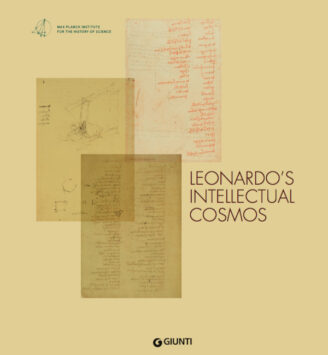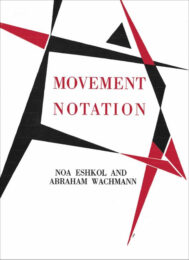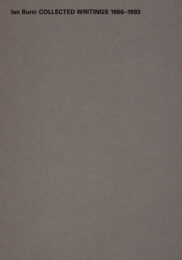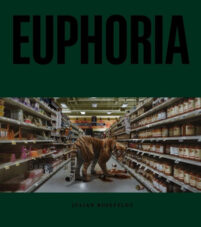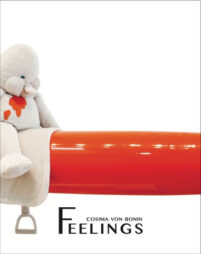The library represents one of the less studied aspects of Leonardo da Vinci (1452–1519), revealing that he was not at all – as has been generally retained – an ‘omo sanza lettere’.
The profile of the scholar, artist, and scientist that emerges from his manuscripts reveals his close and constant relationship with books, with the culture of his time, and with the great authors both past and present.
An avid reader, Leonardo owned nearly 200 books, an extraordinary number for a 15th-century artist-engineer. Most were printed books in the areas of science and technology, but there were also works of literature (ancient and modern history, tales, poetry, and romances) and religion.
His early acquisitions were written in the vernacular, but later his library came to include texts in Latin. There were in addition dictionaries and grammars testifying to Leonardo’s efforts to learn the language when he decided to become an author himself.
This iconic Italian Renaissance polymath would go on to write treatises on painting and in almost every branch of technology and science, namely anatomy, botany, the Earth sciences, mechanics, hydraulics, and cosmology.
In 2019 the world commemorated the 500th anniversary of the death of Leonardo da Vinci, celebrating one of the greatest minds of humanity – the true ‘Renaissance Man’ par excellence.
Published on the occasion of the exhibition in 2021 at the Staatsbibliothek zu Berlin, organised by the Max Planck Institute for the History of Science (MPIWG), Berlin.
English edition.


